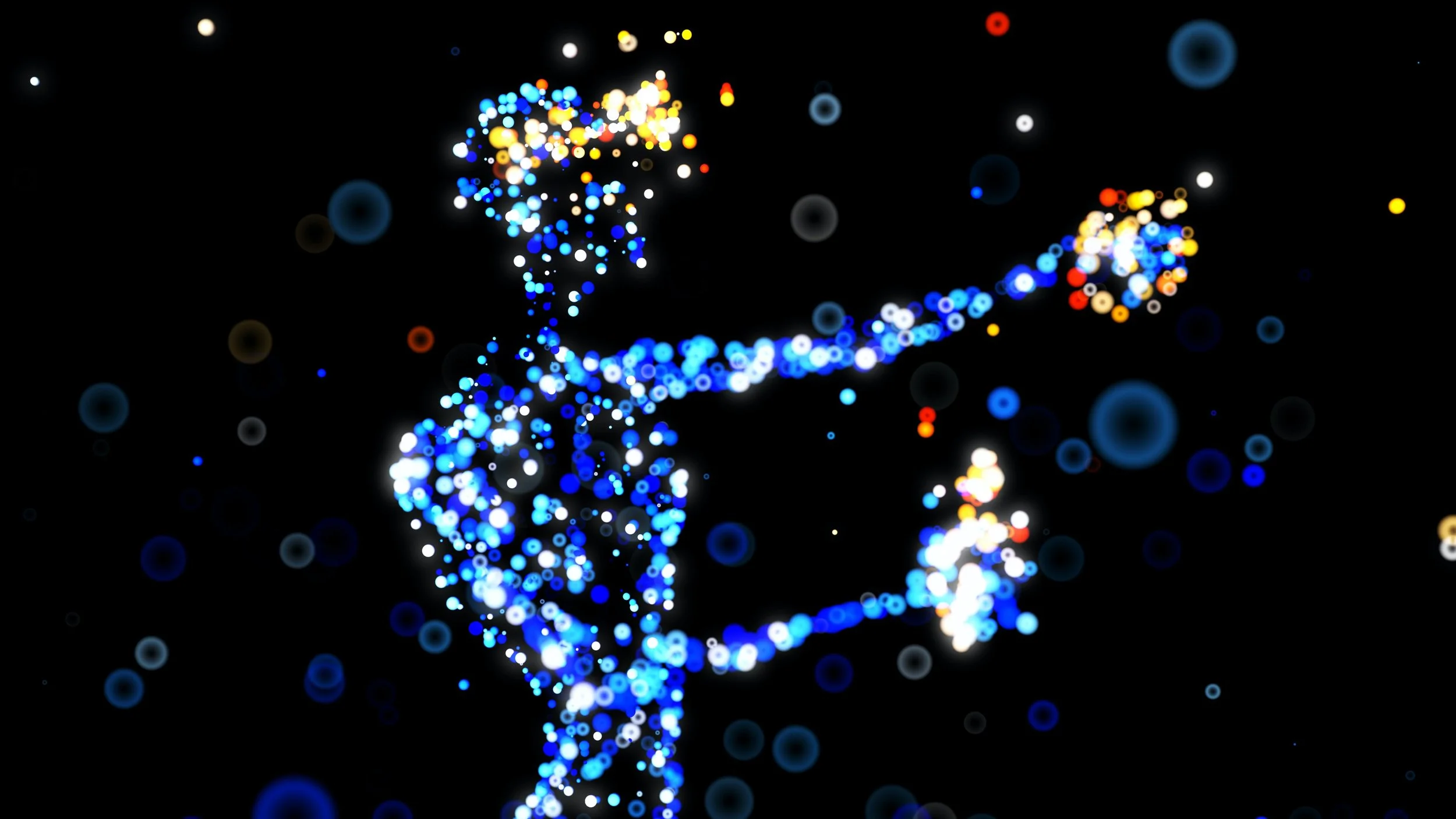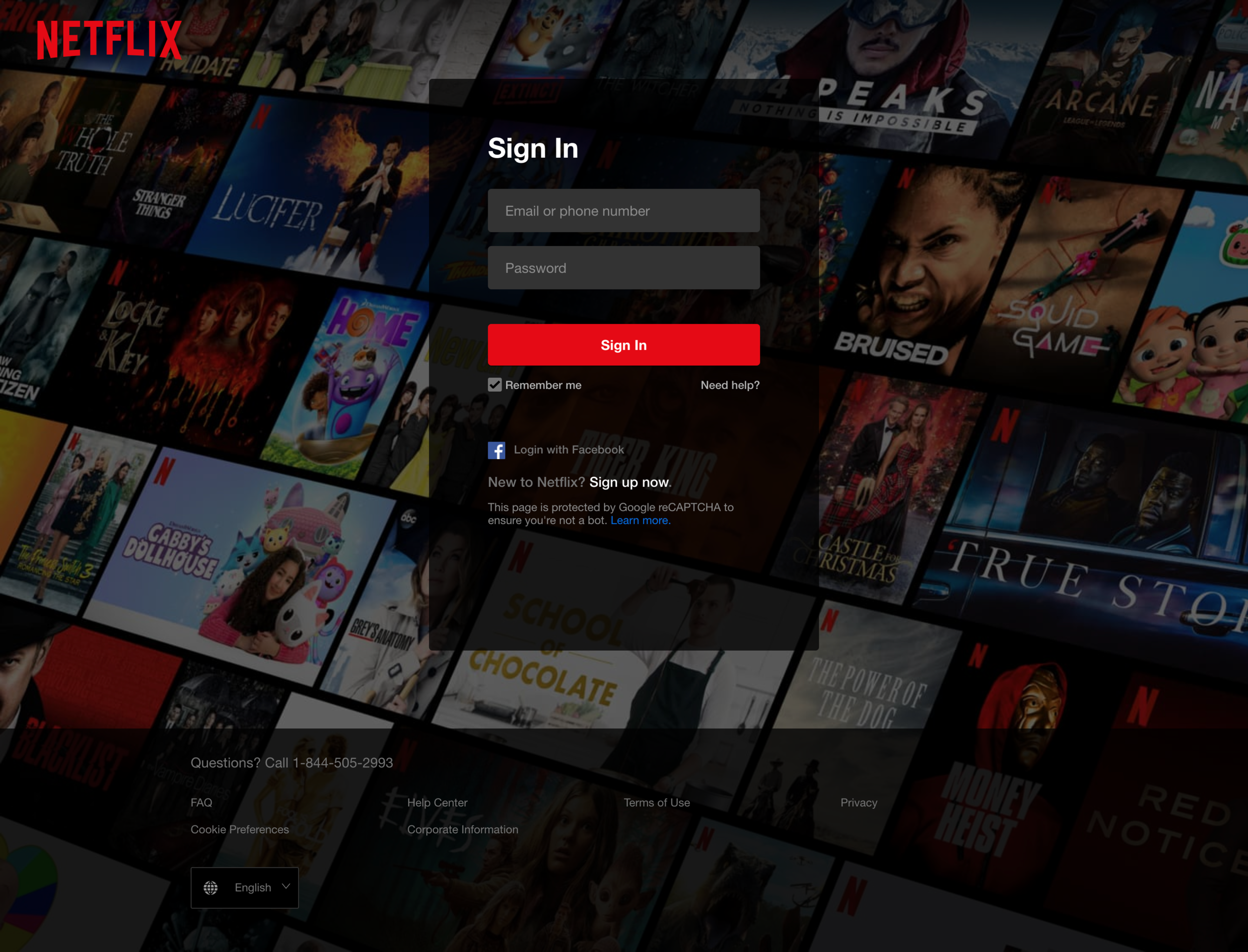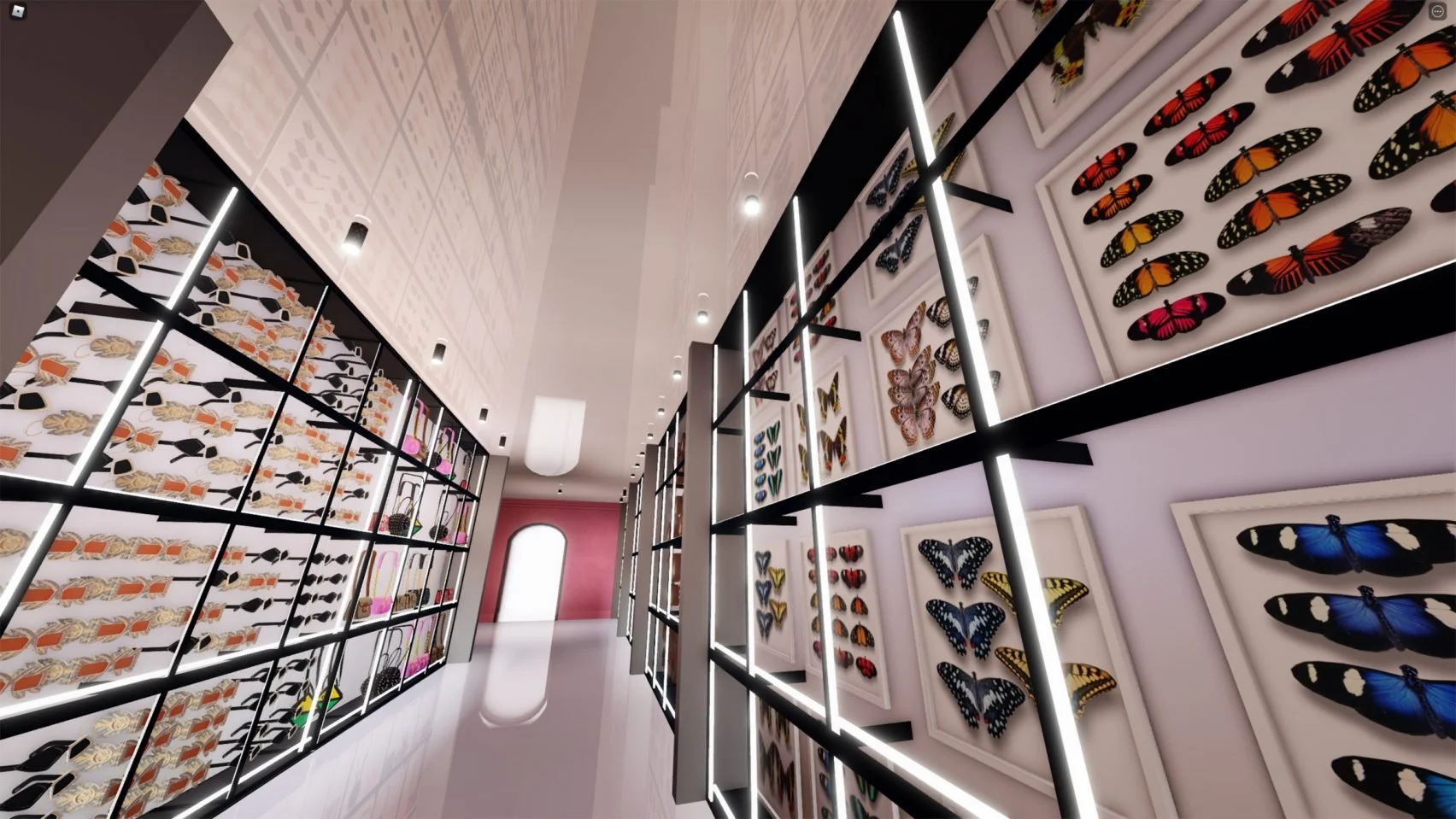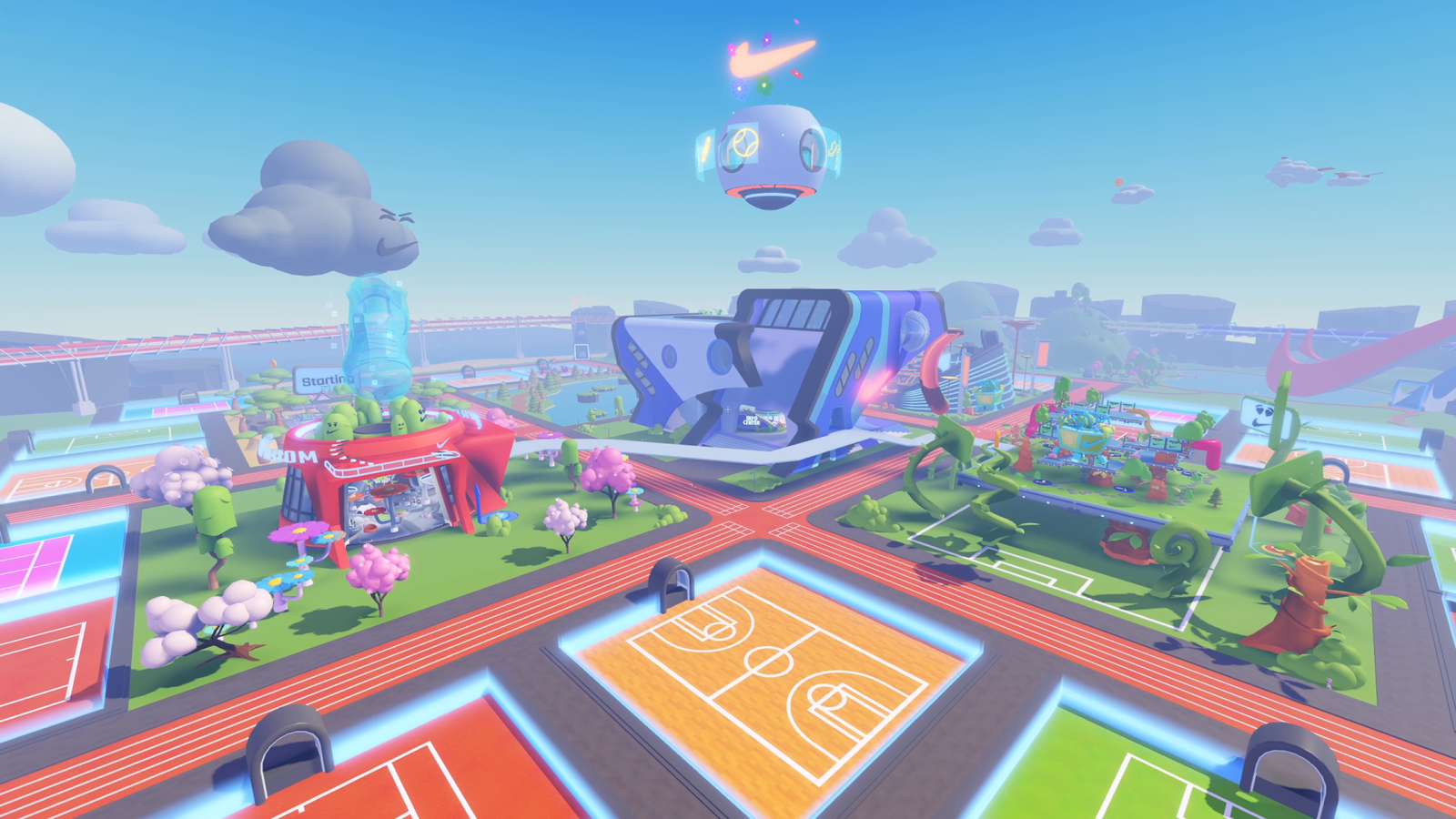What Is The Metaverse - Facebook And Roblox Explained
The Metaverse. What is that? Yet another term to emerge from this digital transformation accelerated by the pandemic. Terms like Blockchain, Cryptocurrencies, NFTs, and now most recently Metaverse have hit people’s radar. The Metaverse has no doubt been the recent talk of the town as tech giants such as Facebook and Microsoft now turn their attention toward pioneering this space.
But what if I told you that the Metaverse, or at least the 2-D version of it, has been around for a while now? A lot of younger millennials and early Gen Z grew up playing open-world games like Second Life and Minecraft. The combination of open-world games and online connectivity resulted in the first iterations of virtual environments.
Source: Havoc Henry
In contrast, what Mark Zuckerberg is trying to create is the 3D metaverse. This version includes the implementation of wearables to occupy the senses for a more immersive experience.
One major challenge of designing a 3-D virtual environment is that it involves a lot of image capturing and graphic designing. The ultimate goal is to create a product that resembles the real world without any noticeable latency issues.
Let there be no confusion, this version of the Metaverse has a long way to go. Possibly even a decade. How many people do you know to wear a headset for more than an hour per day? Not many I’m willing to guess.
The 2-D metaverse, meanwhile, is reaching maturity.
The pandemic not only changed consumer behavior in adults but it also changed consumer behavior in kids too.
Have you noticed that a vast majority of kids aren’t on Facebook and Instagram? This is a major issue for advertisers. Where are they you ask?
More than half of American kids under 16 played Roblox in 2020. If you’re unfamiliar with Roblox, you’re probably over 16 or don’t have kids.
Roblox is an online gaming platform.
That’s right, an online virtual environment with its own virtual economy. Kids absolutely love spending time in these virtual environments with friends.
So what makes Roblox different from past virtual environments?
Part of what keeps kids coming back to Roblox is that it’s not just a single game. It’s is a free platform where players can dip in and out of different virtual worlds and play any game in them. In this sense, it is more similar to PC platform Steam than it is to any online children’s game.
Look at these two login screens.
I don’t think it’s a coincidence that Roblox’s login page looks similar to that of Netflix.
Netflix perfected the streaming platform model. Major studios were very slow to create their own streaming platforms as a part of their business model. As a result, they relied on using Netflix as their steaming distribution partner.
However, as Netflix continued to grow, and TV ratings continued to decline, studios realized that the future of their business was actually being hurt by their dependence on Netflix. Studios needed to create their own streaming platforms and keep their content in-house.
The only path forward was for Netflix to become a self-sustaining studio and produce its own content.
Roblox allows its community to develop games for the platform. Developers each month add new games to the platform thanks to its easy-to-use game development engine.
The ability to have its users create games for the platform is what keeps it relevant. The best social media apps give their users tools to create.
Part of the maturation of the 2D metaverse is that brands are now starting to infiltrate these virtual environments. For example, brands like Gucci have gone so far as to meet the younger demographic inside of their own virtual environments.
The virtual Gucci Garden exhibition is being hosted inside the game Roblox
Gucci asserted its presence on Roblox, with a virtual two-week art installation. The Gucci Garden experience on Roblox was open for 14 days only. The Garden also hosted a store where visitors could purchase exclusive, limited-edition avatar items.
Nike is also partnering with Roblox to create a virtual world called Nikeland.
Nike created this bespoke world with the backdrop of its world headquarters and inside Roblox’s immersive 3D space, building on its goal to turn sport and play into a lifestyle.
Source: Nike
Buildings and fields inside NIKELAND are inspired by Nike’s real-life headquarters and hold detailed arenas for the Roblox community to test their skills competing in various mini-games.
Games have become a place to hang out, see friends and attend events. “As more people come together through shared experiences, the more important [becomes] their self-identity and ability to express themselves,” says Roblox vice president of brand partnerships Christina Wootton.






